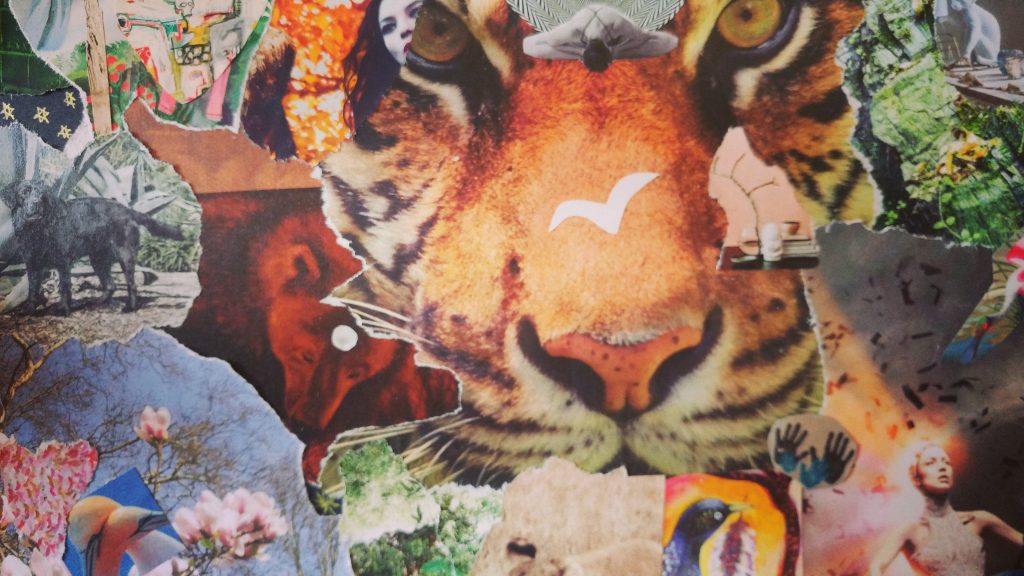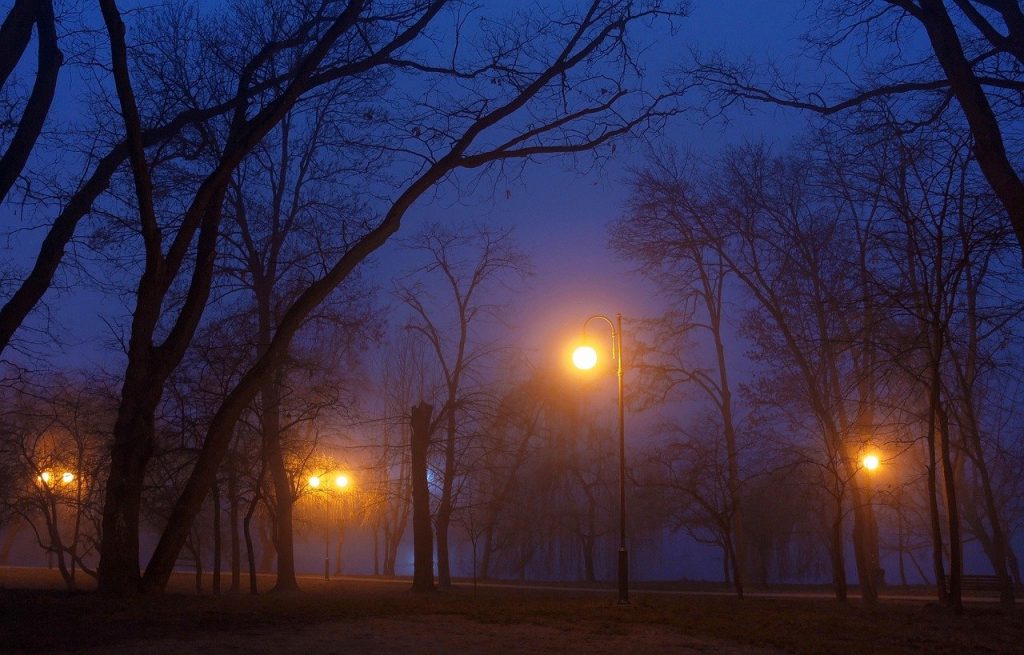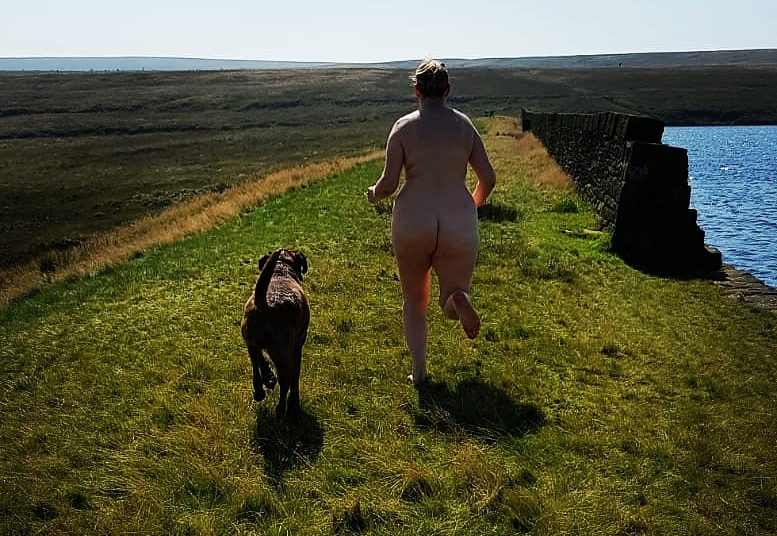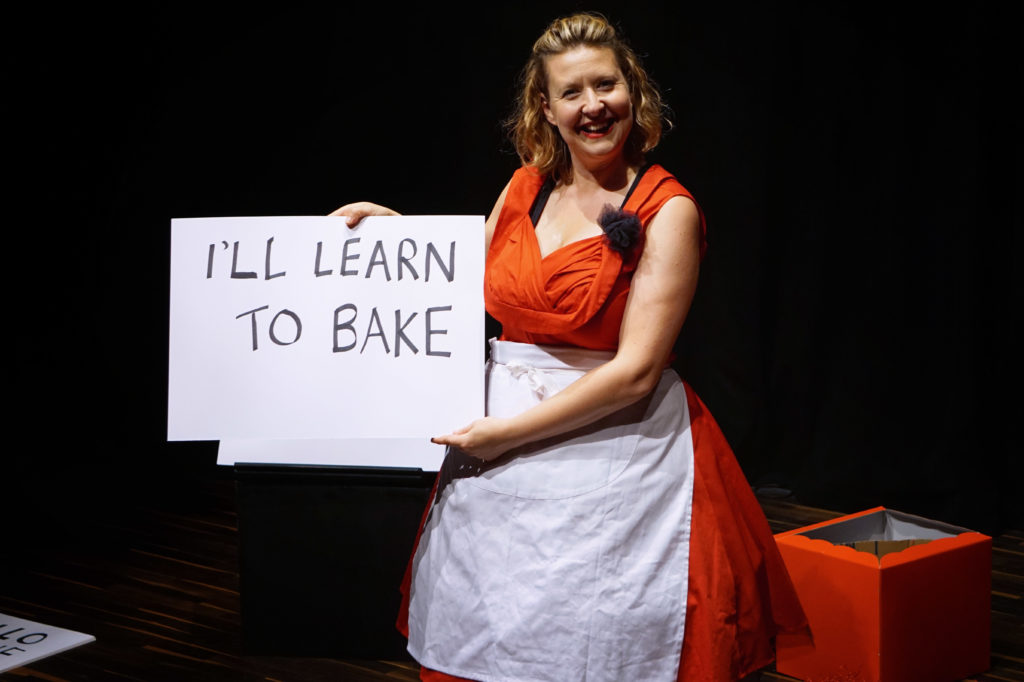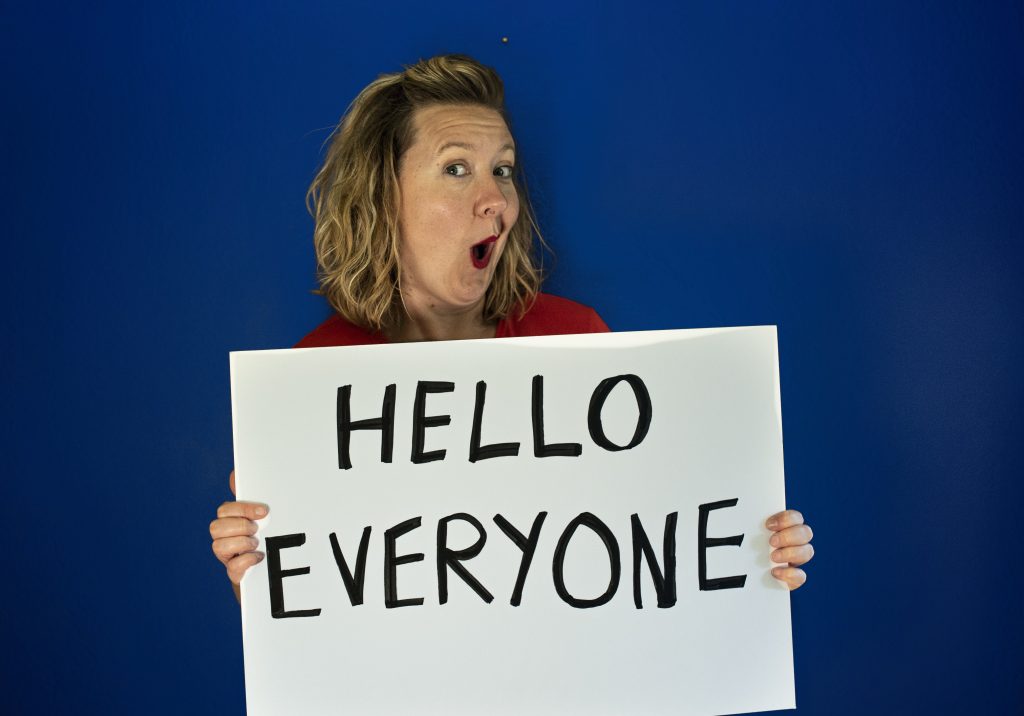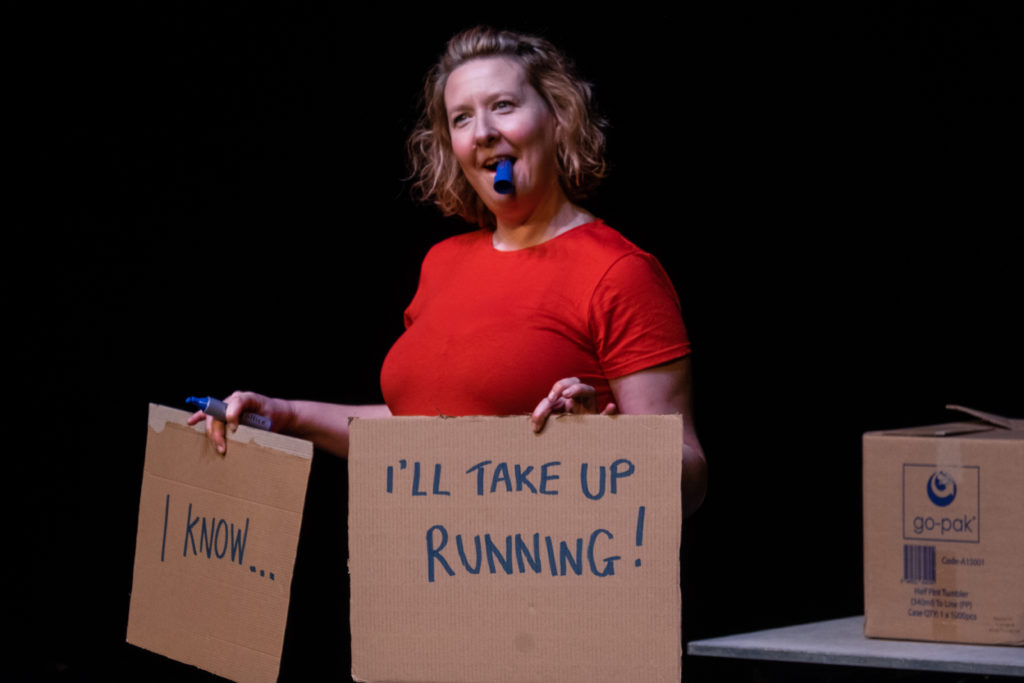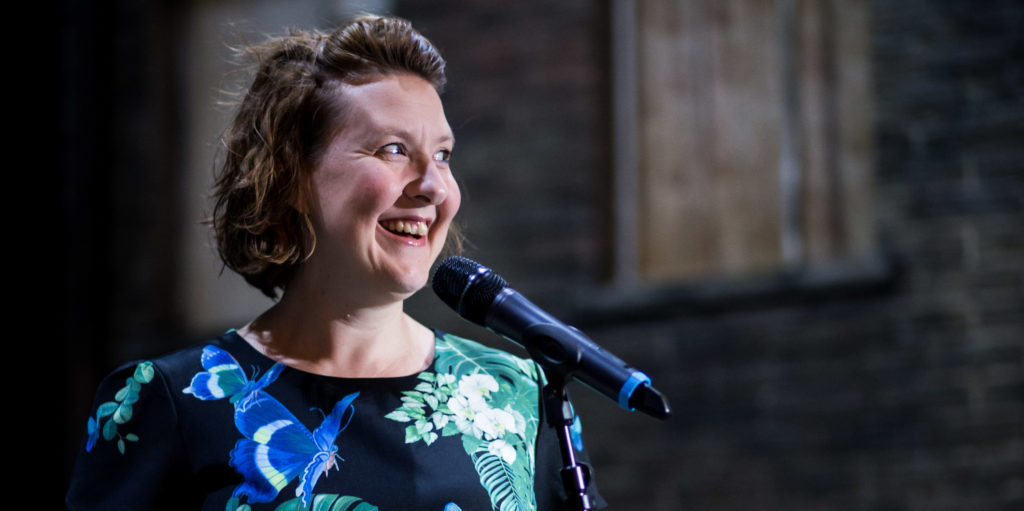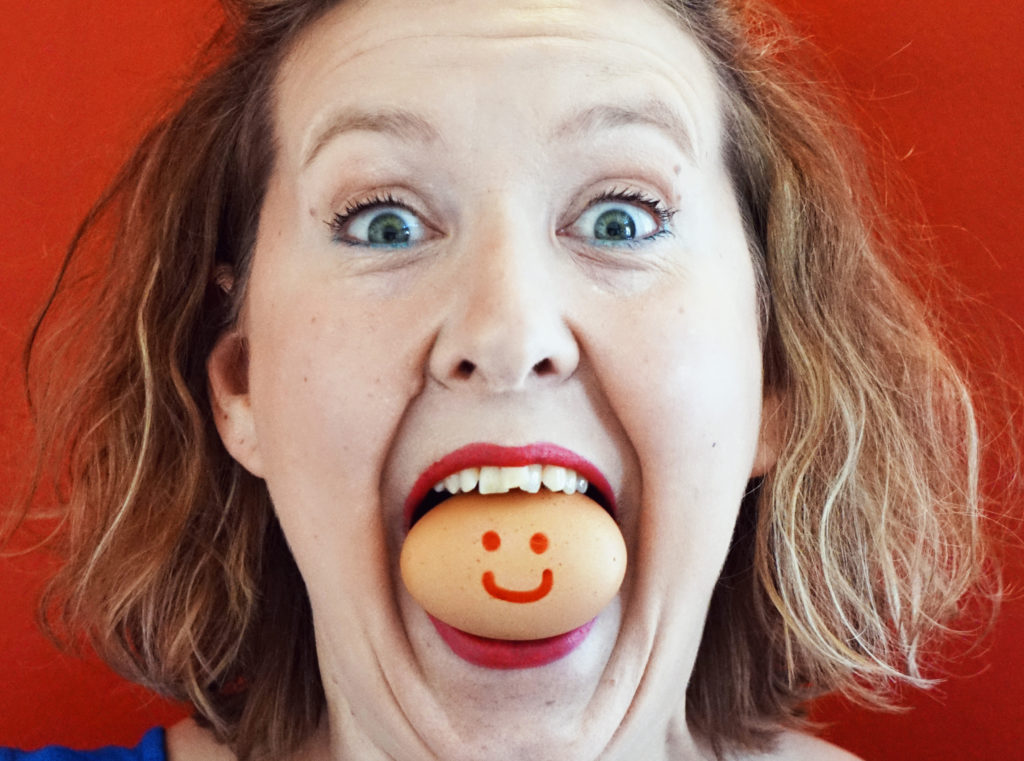
28 December 2020
My relationship is drifting.
I guess lots of them are – I’m sure it’s very common.
It’s got to the stage where we often sleep separately. It makes sense to have separate space. Do our own thing. We’re still sharing a home – it’s a pandemic.
We’re co-operative with food and laundry. We haven’t broken up. But we’re not really together either. It’s a kind of love on ice. There is affection and occasional bursts of the old us, mainly it’s the pipe and slippers us, very little of the passionate or fighting us, quite a lot of what might otherwise be called friendship, and a big lot of numb.
I’m glad of the stability, but it’s very expensive. Having intimate company so close and yet feeling alone is tough. Occasionally the proximity makes the relationship seem just around the corner but we never catch it up and so it’s another little death – of the not good kind. We both want more but we’re kind of settling. A snow covered, quiet, disquiet.
The quiet of being behind glass. Peering through the window, visiting a Christmas past of yourself where everything is cosy and firelit and full of sentiment and happiness whilst the Now you is outside with frostbite.
From the outside everything looks the same. We still spend our couple currency. We still do our public facing job of Together. I don’t know if it would be easier to say and do otherwise but it seems unnecessary disruption just now and what would be the difference? Maybe it would be more honest but who knows what the truth is anyway? We are still having a relationship. We’re both still here in our emotional comfort blanket. A Right picture.
But it’s like everyone else is looking at the picture on the outside of the jigsaw box and inside it’s in bits. Oh, some of the edge pieces are joined up and shapes of coloured clumps hang together – but no-one cares quite enough to put the big light on and do the difficult expanse of sky.
I don’t know who it means I am. Tenacious, weak, trapped, kind, hopeful, stupid. I don’t know why it’s stretching on so long. Whether that’s a good sign or bad. Is it a long winter before the spring or an icicle waiting to drop?
I don’t even know what to call it. An unconscious uncoupling, a friendship without benefits, ships passing in an uptight night. There are so many shades of together and not together right now. Why do we not have more words for snow?
I’m tired. I’d like to Declare.
Ladies and gentleman. I’d like to introduce …my Partialner.
***************

